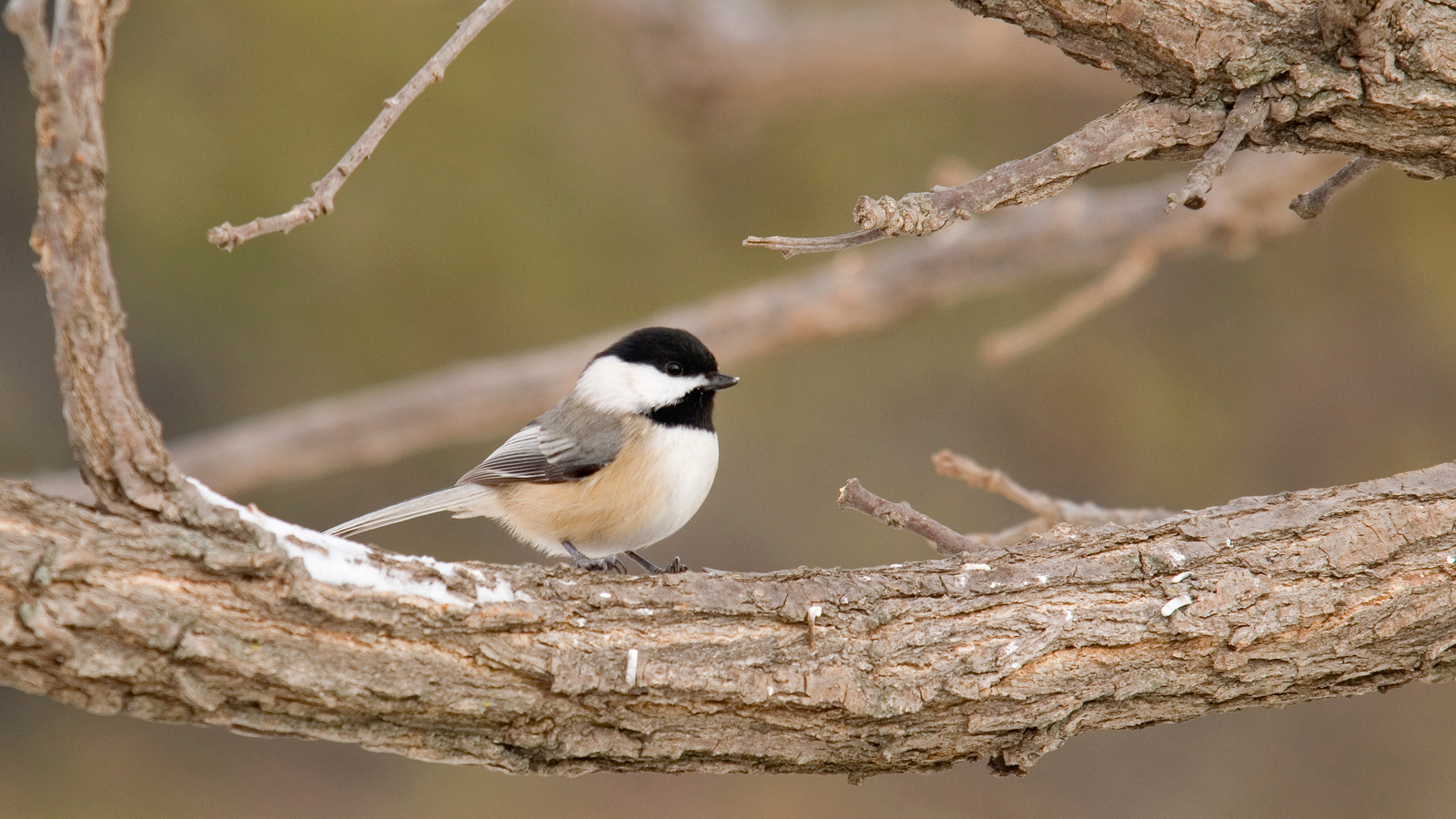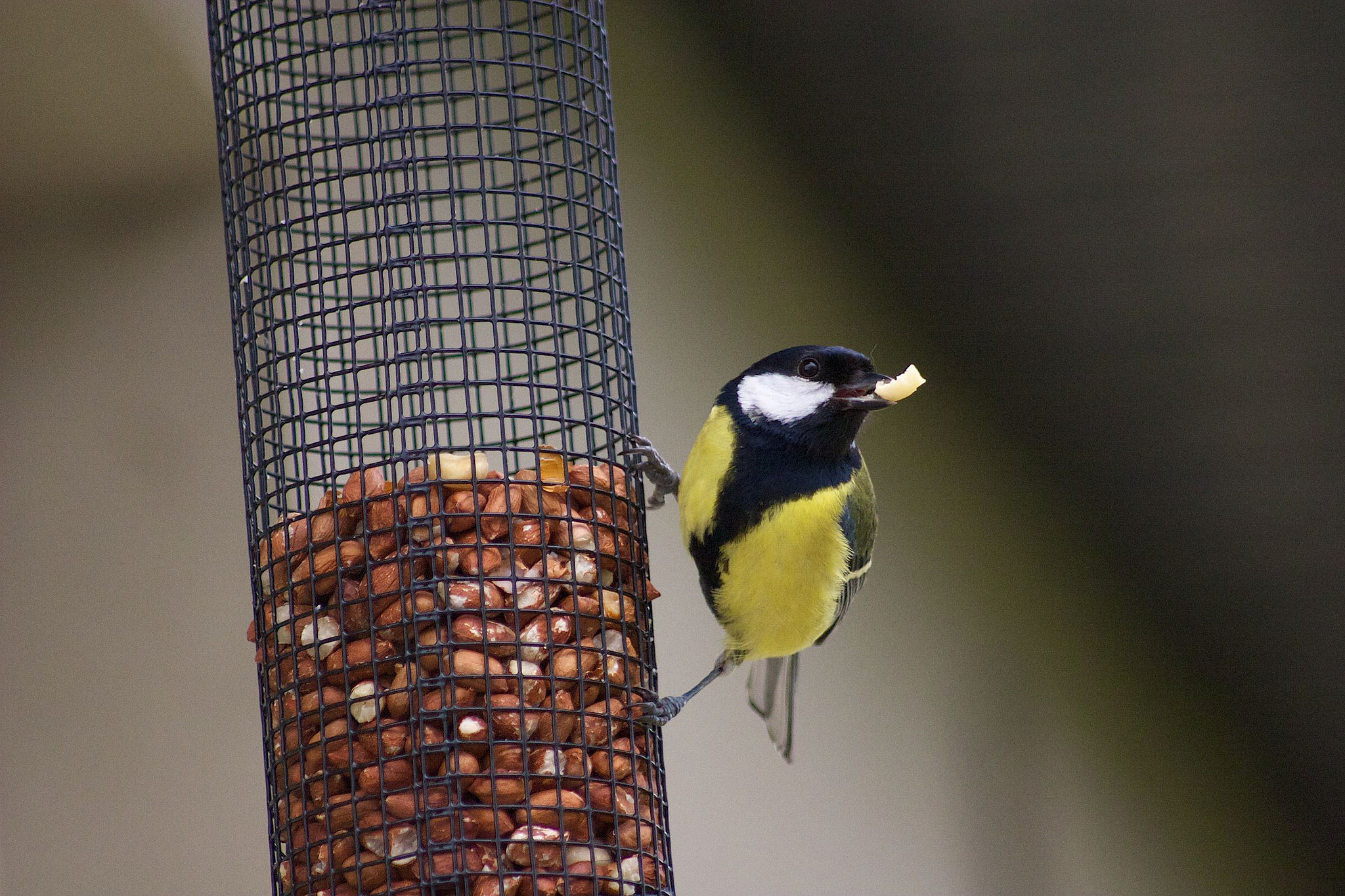Winter bird feeding is one of the most popular ways for people to interact with nature, and most do it to help birds get through these tough months. But what does this really mean for conservation? Does feeding help or hurt birds?
More than 40 percent of U.S. households feed their backyard birds, and in the United Kingdom, the rate is as high as 75 percent.
Despite the widespread popularity of bird feeding, scientists are still building a basic understanding of its impacts.
As we might guess, a number of studies show generally positive impacts of bird feeding. For example, the overwinter survival of birds is enhanced by bird feeding.
This is especially true during the coldest times, when some hungry birds might otherwise lose the battle with the elements1.
A study conducted during winter in Wisconsin showed that black-capped chickadees with access to bird seed had a much higher overwinter survival rate (69 percent) as compared to those without access to human-provided seed (37 percent survival).
Furthermore, some studies have shown that birds making it through the winter in better physical condition see those benefits carry over into the nesting season.
Bird feeding produces significantly earlier egg laying dates, larger clutches of eggs, higher chick weights and higher overall breeding success across a wide range of bird species2,6.

The greatest impact of feeding is seen when birds are most challenged, such as after particularly harsh winters, or when birds are young and inexperienced, or when they are living in low-quality habitats2. Feeding can promote the survival and reproduction of the not-quite-fittest.
But in contrast to these straightforward results – showing that bird feeding makes for better-off birds – a few studies indicate that, at least in some situations, there may be unintended consequences of bird feeding.
A European relative of the black-capped chickadee, the blue tit, was studied in the United Kingdom to examine the impact of bird feeding on nesting success.
One research group3,4 found that birds fed during winter subsequently laid a smaller number of eggs that had lower hatching success and ultimately fledged fewer young than birds that weren’t fed at all. The offspring that did fledge weighed less and had a lower survival rate than the young of unfed birds.
An additional U.K. study of the blue tit and another chickadee-like species, the great tit, had similar findings.
Both species, when they had access to bird food, laid fewer eggs, had lower hatching success, and ultimately had fewer chicks fledged.

Note, however, that these are just two studies demonstrating a negative effect of bird feeding – among a majority that show positive effects.
Nonetheless, the striking findings of lower reproductive success in supplementally fed birds need some explanation. Unfortunately, it was beyond the scope of these U.K. studies to definitively explain how bird feeding resulted in lower reproductive success, but the authors offer several possible hypotheses.
One possibility the authors suggest is that the bird feeding provided an irresistible diet that was unbalanced – too high in fat to produce high-quality eggs. More protein, micronutrients, and antioxidants than are provided by bird seed may be needed to produce high-quality eggs.
Another possibility is that bird feeding allowed individuals with a lower reproductive capacity which ordinarily would not survive the winter the chance to nest.
A final possibility is that the feeders were placed in poor quality nesting habitat – leading the birds to choose these suboptimal sites as nesting areas in the spring.
More research needs to be done across a wider geographic area and on more species to understand not only the impacts of bird feeding on reproductive success, but also on other factors such as disease transmission, species range expansion, and population trajectories.
Citizen scientists can help by participating in initiatives like Project FeederWatch that ask people with bird feeders to share their observations. What you see in your own backyard can contribute to the efforts to answer these questions.




How much seed is too much in my feeders? The feeders go empty in about 2days! I have mostly finches & sparrows about 50 (or more) every day. What can I do. It’ December now in Wisconsin
I haven’t fed the birds because I’m not sure if non-organic bird seeds are good for birds. This could be another reason for the results of the above study. I grow many perennials which I hope will help the birds through the winter.
We have all kinds of Little Chickadees in our feeders I feed them sunflower seeds but I find the blue Jays are regular pigs they can clean out my feeder in less than a day we have a few woodpeckers I guess it’s a female and a male one has a red head they drilled a hole in my porch railing and placed the seeds in the hole I put seeds in the whole and they kick them out and put in their own but they’re fun to watch
Great article, thanks for the information. We have similar articles over on wildbirdworld.com. Thanks again.
[…] You need to look for a pet friendly weed killer to avoid putting your pets at harm’s way […]